“The News” photo this week was taken by Hagen Hopkins for Getty Images. Two days after the deadliest mass shooting in New Zealand’s history, we see the Prime Minister, Jacinda Ardern, consoling a mosque attendee at Kilbirnie Mosque in Wellington, New Zealand. We discuss her healing presence, and how the warmth she brings to those in grief seems to transcends the presence of the camera. We also discuss how her identity as a young mother contributes to—but doesn’t limit—her handling of the tragedy.
For “The Look,” we discuss an image by Jacquelyn Martin for the Associated Press. It is one of 10 portraits made of student activists at last week’s climate change rally in Washington DC. Here is the entire collection. Each person poses with a chalkboard of her or his age in 2030, the date established by the UN as the tipping point for reversing the threat of climate disaster. We look at the photo of 8-year-old Havana Chapman-Edwards, and examine how she represents a new generation of young activists. We explore how her portrait reflects a complex range of feelings as well as causes, and how the blackboard “schools us” on the crisis.
“The Pick” this week features an aerial photo of the historic flooding in Nebraska. It was distributed by Reuters and taken by Herschel Talley. The image shows an almost sunken tank at Camp Ashland, an Army National Guard facility, in Ashland, Nebraska that has been stranded by a “bomb cyclone” winter storm. We discuss the irony of a strong military when the country seems defenseless against successive and increasingly destructive climate disasters. We also note how the eerie quiet approximates the silent threat that is rapidly undermining the planet.
You can find all the Chatting the Pictures replays here.
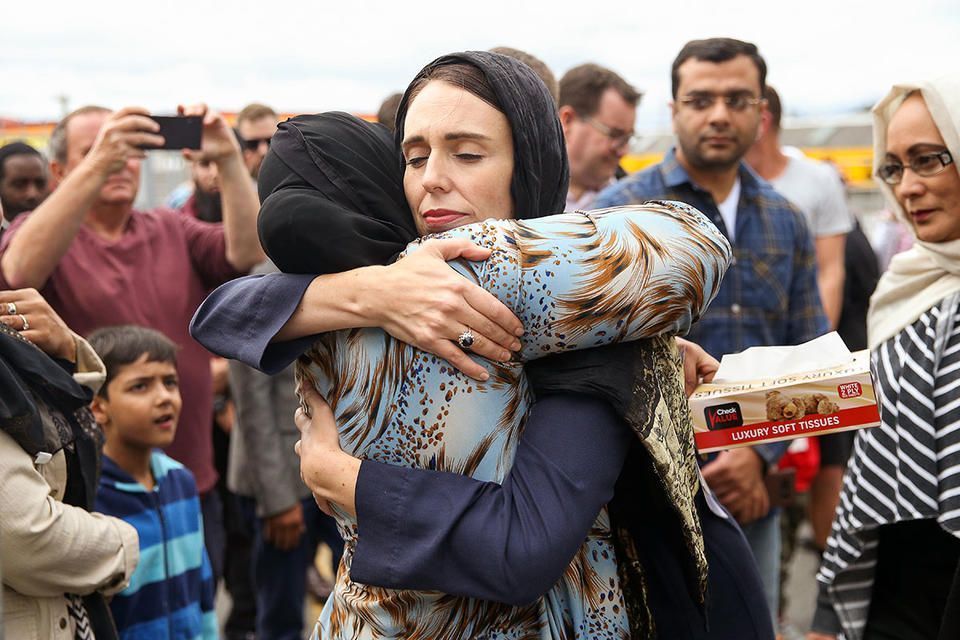
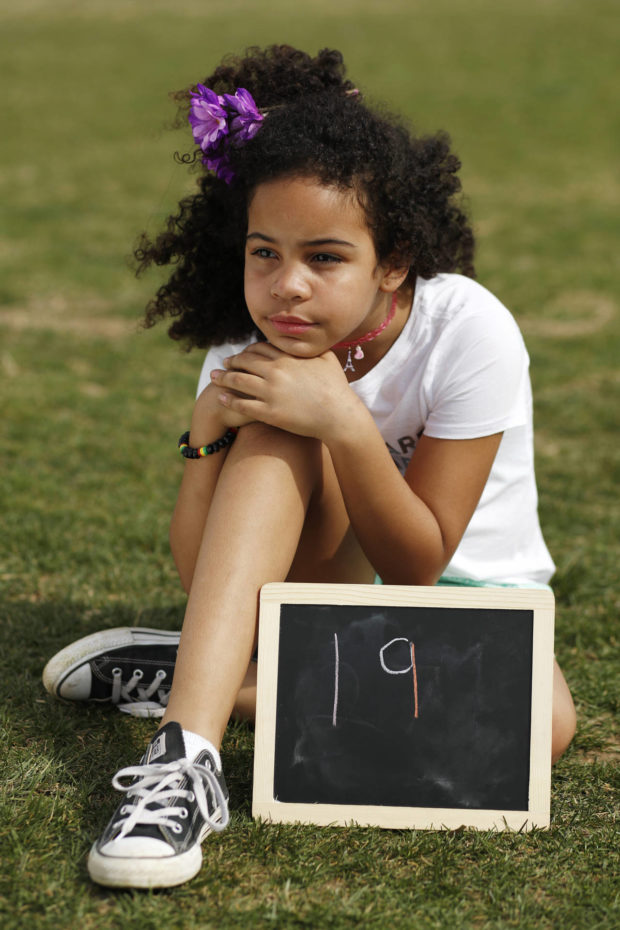
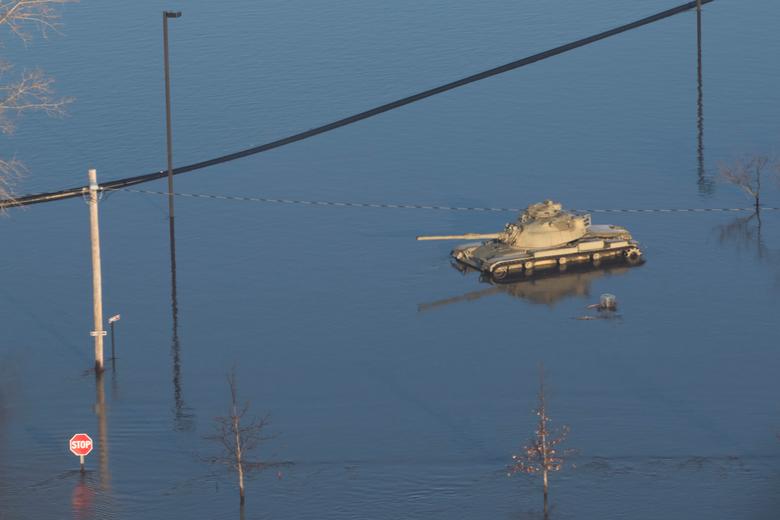
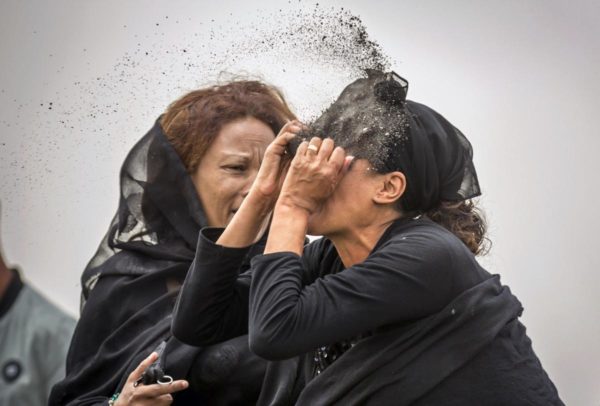
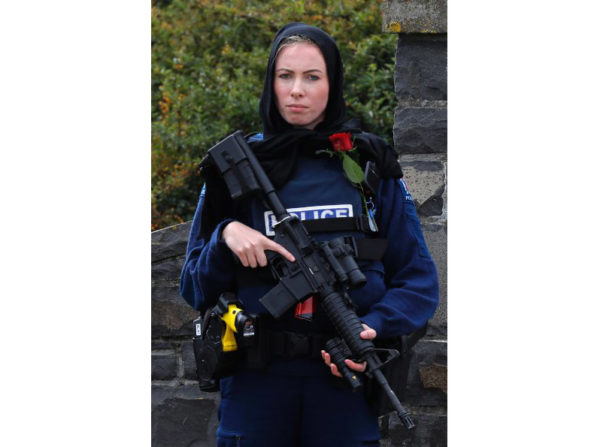
Reactions
Comments Powered by Disqus